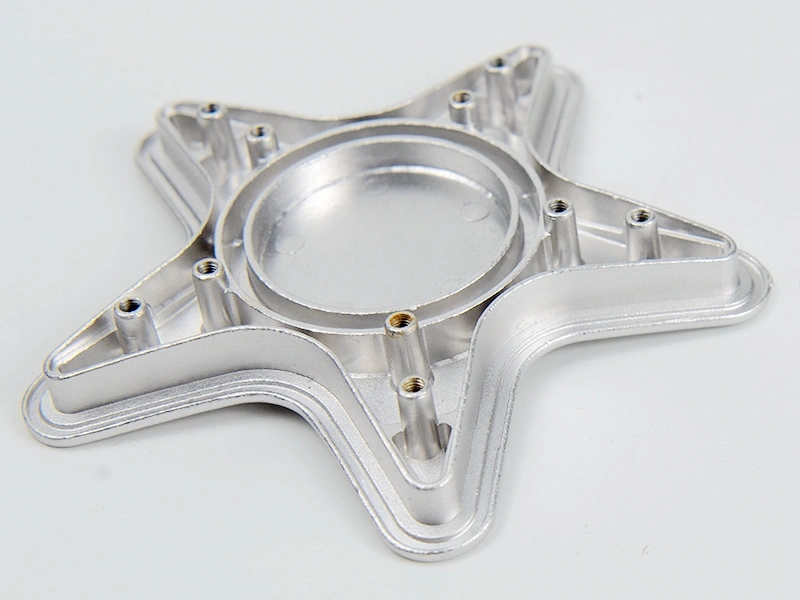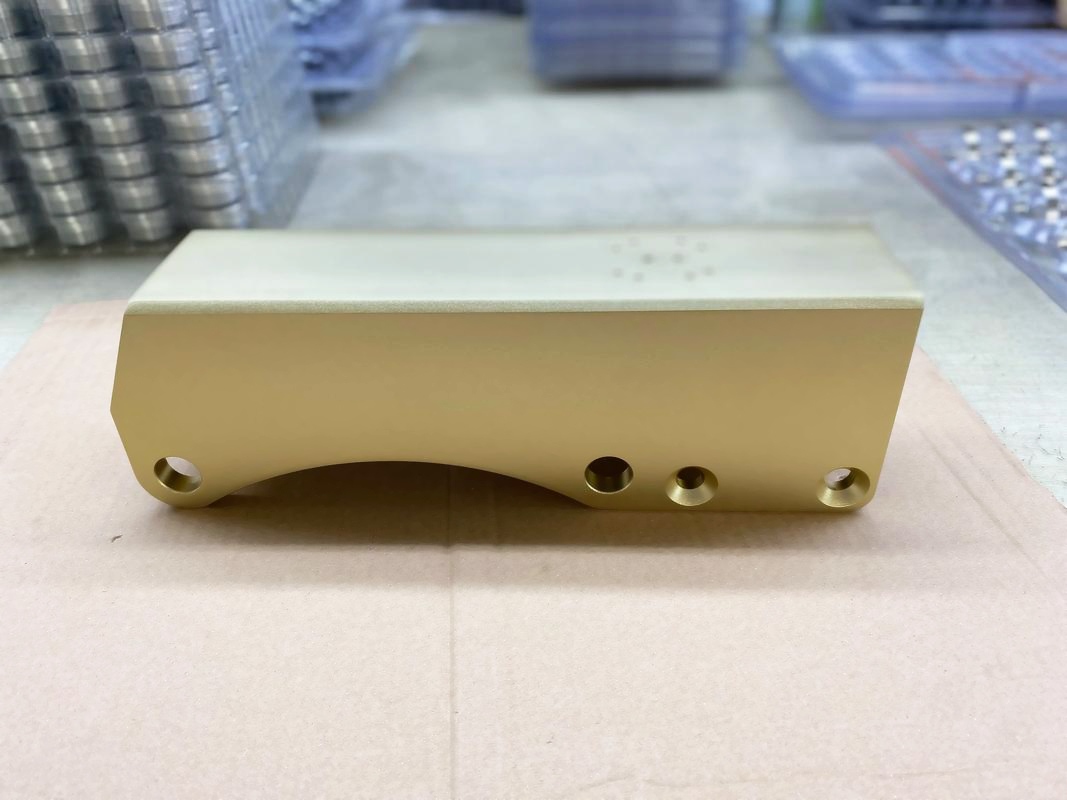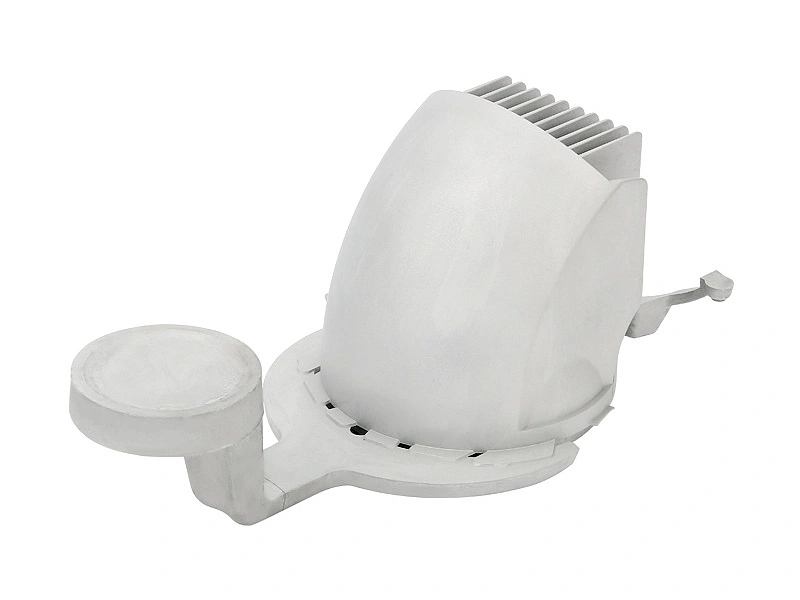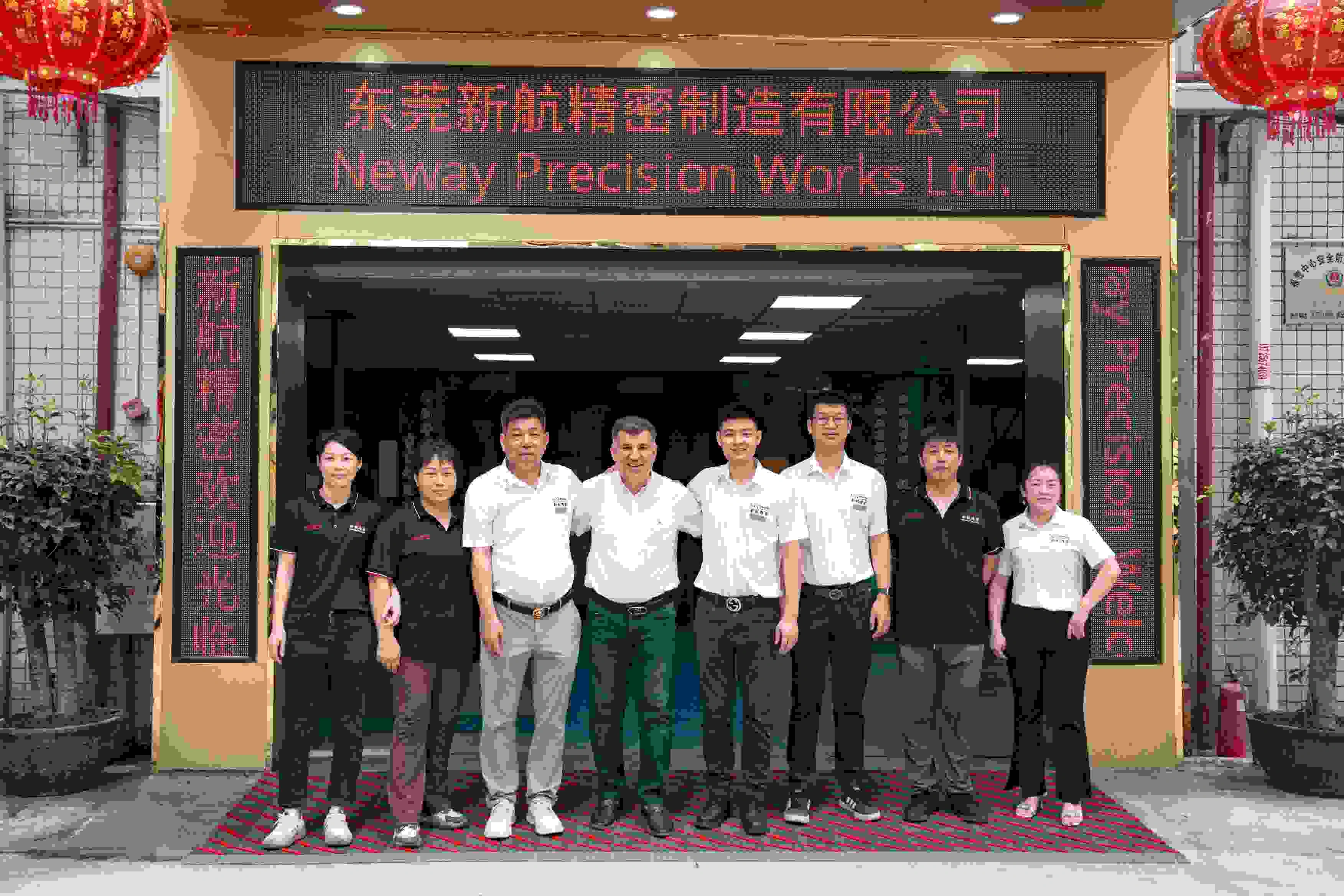What surface coatings provide the best protection in coastal conditions?
What Surface Coatings Provide the Best Protection in Coastal Conditions?
Challenges of Coastal Environments
Coastal environments expose metal components to high humidity, salt-laden air, and fluctuating temperatures, which accelerate corrosion—especially in aluminum alloys containing copper or zinc. For aluminum die cast parts used in coastal infrastructure, lighting, marine electronics, and outdoor enclosures, surface protection is essential to ensure long-term performance.
Top Surface Coatings for Coastal Corrosion Protection
Anodizing
Anodizing converts the aluminum surface into a thick, stable aluminum oxide layer. In coastal applications:
Type II anodizing offers general corrosion resistance in mildly salty environments
Type III (hard anodizing) is more durable, with 25–50 μm thickness and abrasion resistance
Sealing the anodized layer prevents salt penetration and maintains long-term aesthetic quality
Ideal for: Lighting fixtures, sensor housings, marine enclosures
Powder Coating
Powder coating provides a tough, uniform polymer layer over aluminum surfaces. Polyester and hybrid powders are recommended for coastal durability because they resist UV degradation and saltwater spray.
Typical coating thickness: 60–90 μm
Offers resistance to chipping and fading
Can be applied over anodized or pre-treated cast surfaces
Ideal for: Electrical boxes, outdoor panels, decorative architectural parts
Epoxy Painting
Painting with marine-grade epoxy or polyurethane systems ensures chemical resistance and color stability. When combined with proper pretreatment, painted coatings can last over 1,000 hours in salt spray testing per ASTM B117.
Applied in multiple layers (primer + topcoat)
Compatible with irregular or complex geometries
Useful where aesthetic or color branding is important
Ideal for: Marine control boxes, instrument cases, equipment frames
Comparative Table of Coating Options
Coating Type | Salt Spray Resistance | Typical Thickness | Recommended Use |
|---|---|---|---|
Anodizing (Type III) | High (sealed) | 25–50 μm | Marine housings, brackets |
Powder Coating | Very High | 60–90 μm | Outdoor enclosures, lighting units |
Epoxy Painting | Very High | 80–150 μm | Marine devices, instrument covers |
Neway’s Coastal-Grade Surface Treatment Services
Neway enhances corrosion resistance for coastal applications by offering:
Durable anodizing for marine and exposed parts
UV- and salt-resistant powder coating in custom colors
Precision post-machining before coating to ensure seal surfaces remain dimensionally accurate
Surface finishing as part of our full post-processing services



